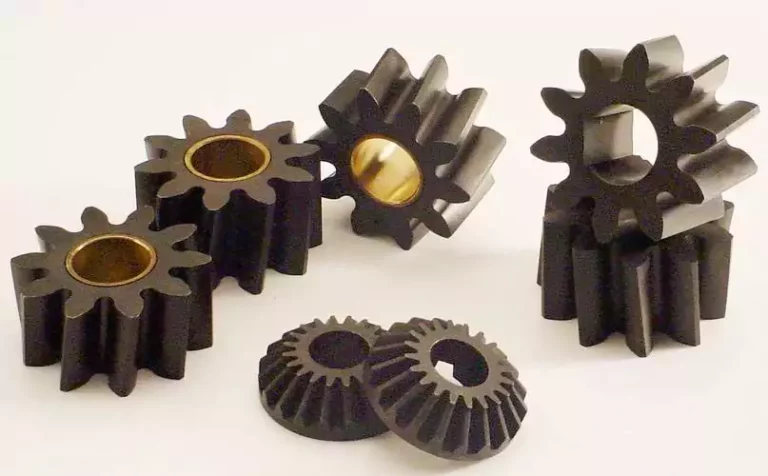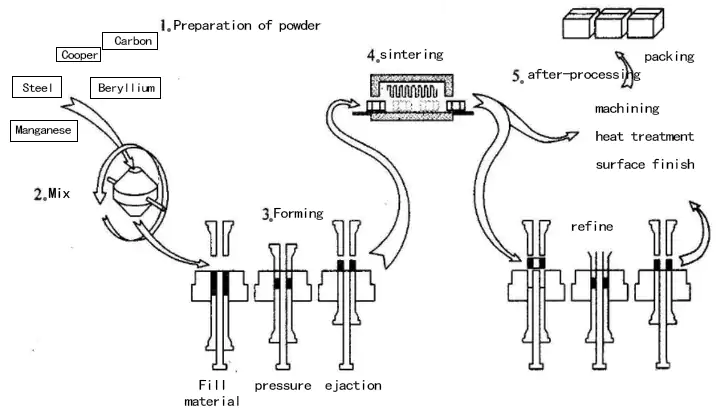Exploring the Power of Powder Metallurgy

Powder metallurgy (PM) encompasses various methods for creating materials or components using metal powders. By employing PM processes, the reliance on subtractive manufacturing techniques can be minimized or eliminated altogether. This not only decreases material waste but also leads to…
